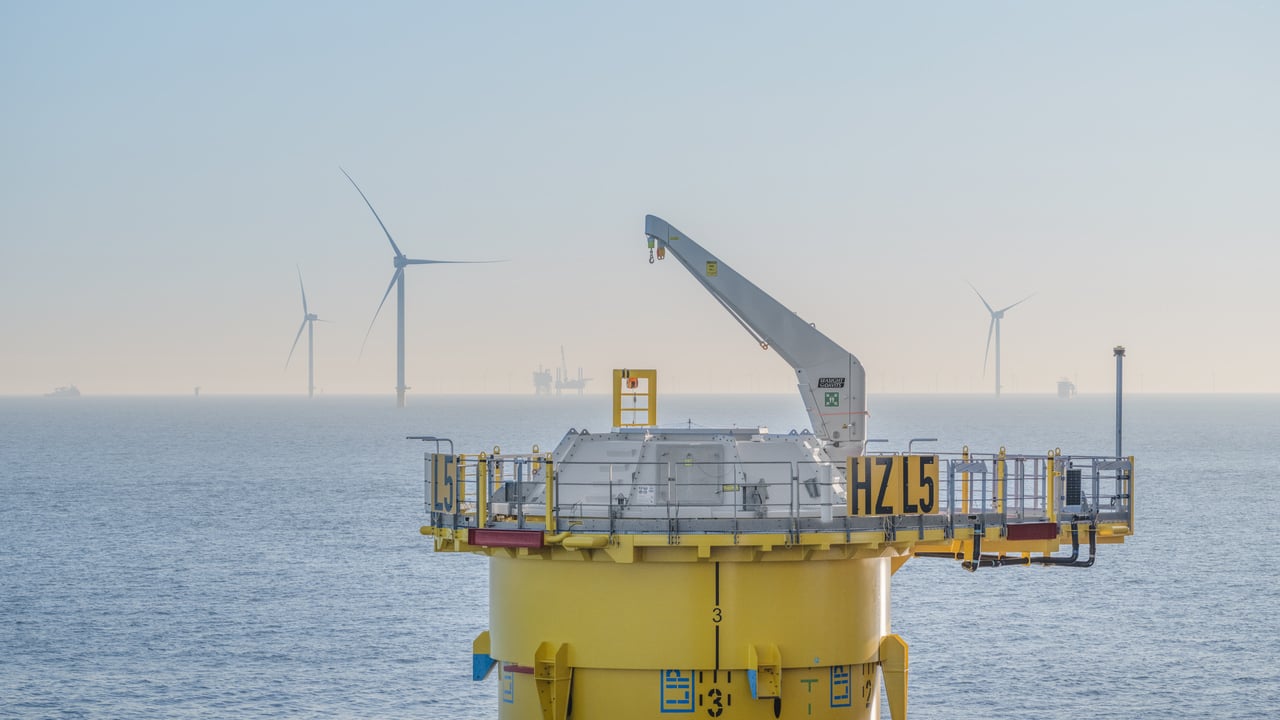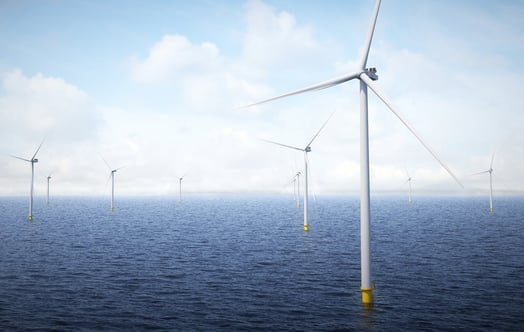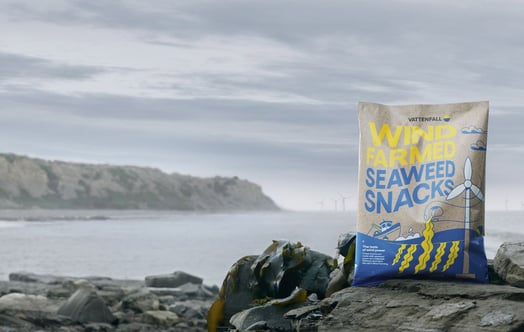2023 was a great year for offshore wind in the Netherlands with the opening of wind farm Hollandse Kust Zuid. But in the UK, Vattenfall paused construction of the Norfolk Boreas wind farm and later sold the project. So what does the future look like for offshore, we asked Jonas van Mansfeld, Chief Financial Officer at BU Offshore Wind.
Jonas van Mansfeld, we read in the papers that the development of offshore wind farms is not easy. Projects have been shelved or stopped, or there is hesitation about investment decisions. Can you explain what's going on in the offshore wind business?
"In the European Union, but also in the rest of the world, firm ambitions for increasing the sustainability of energy have been set. In the EU, around 30 GW of wind power needs to be added per year to meet the 2030 targets. Offshore wind plays a major role in this and the demand for wind turbines and turbine components is increasing tremendously. The same goes for the cranes, the ships to transport the turbine components or the cables to carry the electricity. For wind turbines, for example, there are only two or three major players in Europe that can meet that demand. Also, there is a shortage of human resources and an unsettled geopolitical situation which has pushed up prices for raw materials and transport, especially in 2023.
In addition the technology advances fast. Turbines are getting bigger and bigger, requiring suppliers to constantly invest in new technologies. This gives them very little time to recoup their investments: they make limited profits and have to take a lot of risks. Recently, we have seen a fracture within this trend, with more stakeholders from across the value chain indicating that the technology needs to stabilise.
And interest rates on loans have risen over the past year, so developers have started to question whether they should continue building offshore wind farms. In America, some developers had already cancelled the construction of their wind farms late last year.
So there are many unfavourable developments coming together. In simple terms, you could say that the costs and risks of building offshore wind farms have increased."

Jonas van Mansfeld
So the whole industry has come under pressure. But we also see clear variations in how successful offshore wind construction is from country to country. Why is that?
"This is largely due to the differences in how we deal with offshore wind in different countries. In the Netherlands, for example, the construction of a wind farm is not awarded to the developer with the lowest price, but to the one with the best plan. Here, for example, we also look at system integration and ecological impacts. Moreover, the Dutch government pays for the offshore wind farm to be connected to the electricity grid, so that electricity from the wind turbines can come ashore. In the latest tenders, however, the government is demanding a financial contribution from the developer. In the UK, for example, developers have to pay for the grid connection themselves, making the projects a lot more expensive and changing the structure of business cases. In the UK, they operate a system called Contract for Difference (CFD). That is actually a kind of fixed price guarantee where the government says: we will buy all the electricity you generate in the future with this wind farm from you at a fixed price and sell that electricity back to the market. If you have this type of reimbursement system and then costs rise or there is uncertainty in the supply chain, the project is no longer financially viable. Following implemented changes to the CFD level by the English government, we have now been able to ensure that the Norfolk wind park will indeed be built in England by another developer."
But wind turbines provide energy for perhaps 25 years. So doesn't Vattenfall always recoup the costs incurred?
"Every new business case includes uncertainties - because you start from certain assumptions - but our job is to manage those uncertainties and the project so that the return comes out at or around the requirement. If you look at a wind farm, the highest costs are the investment costs. If you assume the cost per megawatt-hour translated to today (the levelised cost of energy or LCOE), these investment costs within the sector equate to around 60 to 80 per cent of the total cost. There are other costs on top of that for maintenance for example, or the costs we incur to transmit the electricity across the grid. With this in mind, you naturally want sufficient certainty that you are making a robust investment. Ultimately, however, entrepreneurship is also about taking manageable risks, as we did at Hollandse Kust Zuid, the world's first subsidy-free wind farm. But there is a limit."
How do you see the future of offshore wind farms?
"We all need to make sure that we manage the uncertainties or risks in the value chain. So there are roles for us as an energy supplier, for the European Union, for the government and for developers. In the long term, we still believe the offshore wind farm market looks promising. The demand for electricity and hydrogen will increase substantially in the coming years. We are moving away from gas and towards electric and industry will also increasingly electrify. Wind farms therefore remain an important part of our commitment to fossil freedom."




